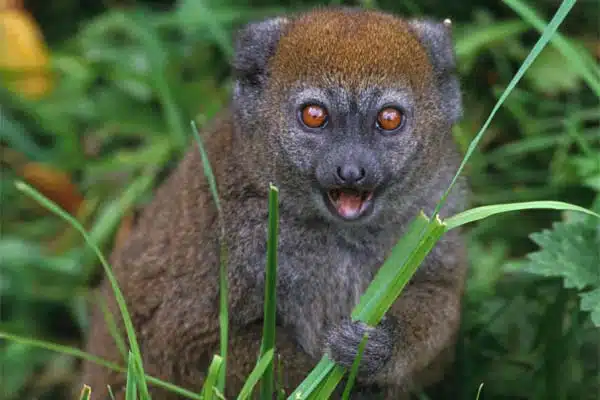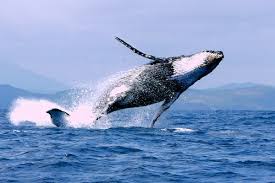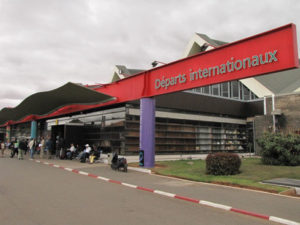Explore the Alaotra-Mangoro Region
(Alaotra Lake, Zahamena, Ambatodranzaka, Andasibe)
The Alaotra Rice Basin
The RN 44 and a railway line connect Moramanga with the Alaotra Basin located 160 km to the north. This 1800 km² basin is surrounded by the Alaotra Lake, the largest lake in Madagascar. The domestication of the waters of this “sea” of 182 km² has made the region one of the largest rice granaries on the island.

Seventy-four bird species nest at this lake, which is protected as a biological reserve. Two of them, the Aythya innotata and the Delacour Grebe (Tachybaptus rufolavatus), would only breed there.
The Sihanaka Tribe
The Sihanaka tribe (“those of the lake”) have long practiced a policy of raids at the expense of their neighbors – the Betsimisaraka in the east, the Sakalava in the west, and the







